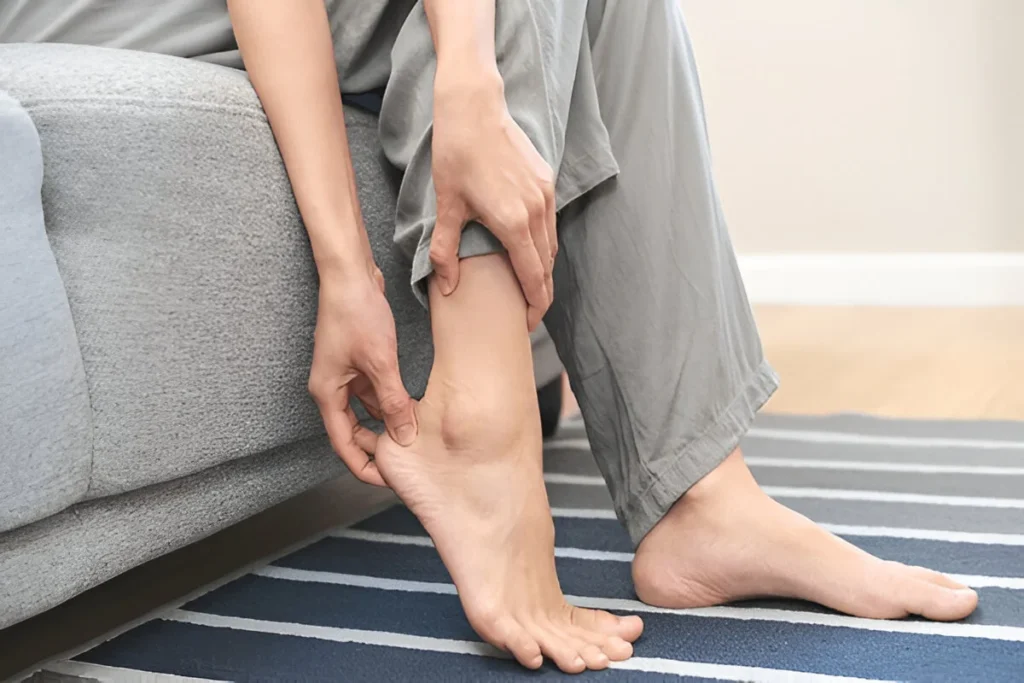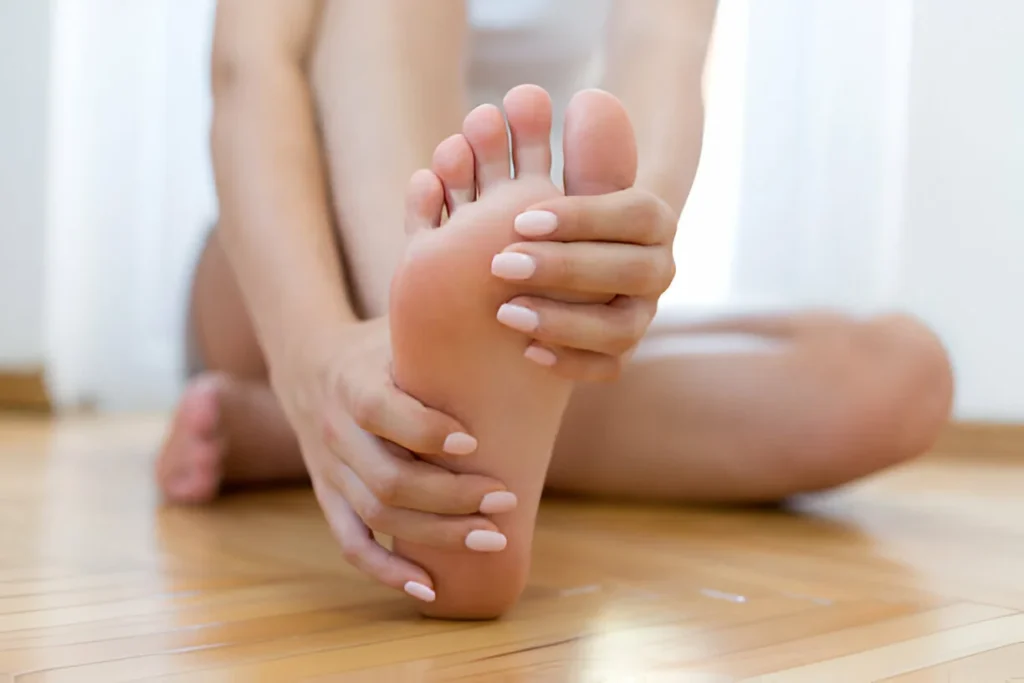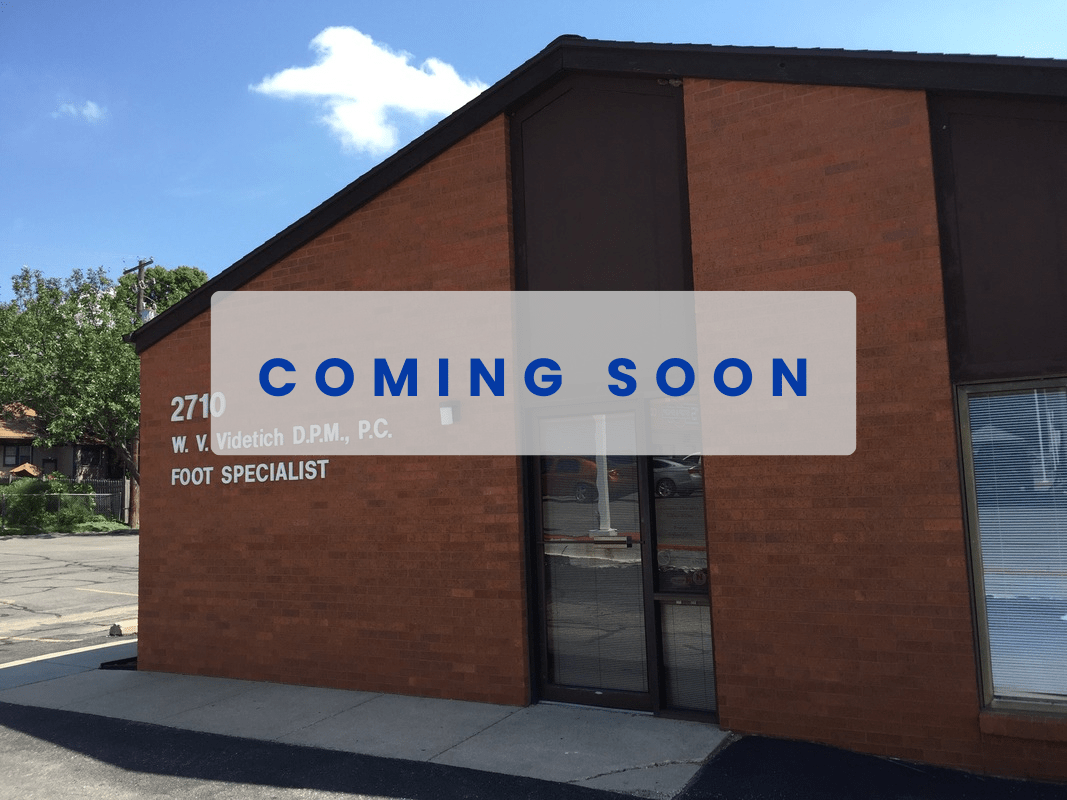Running is one of the most accessible and beneficial forms of exercise, but it comes with its own set of challenges – especially when it leads to pain in the heel. For runners across Nebraska – whether you’re hitting the trails in Omaha, jogging through Lincoln’s parks, or training for a marathon in Grand Island – heel pain can quickly turn an enjoyable habit into a frustrating experience. Understanding what causes this discomfort and learning how to prevent it can help you stay active, pain-free, and on track with your fitness goals.
Why Do Runners Feel Pain in the Heel?

Heel pain among runners is often the result of repetitive strain, poor biomechanics, or lack of proper foot support. The heel bears the brunt of every step and absorbs the impact from the ground, making it one of the most vulnerable areas for injury during high-impact activities like running. Common causes include:
- Plantar Fasciitis, which results from inflammation of the plantar fascia – a thick band of tissue that runs across the bottom of your foot and connects your heel bone to your toes.
- Achilles Tendinitis, often triggered by overuse, causes pain at the back of the heel where the Achilles tendon inserts.
- Heel Spurs, or calcium deposits that build up on the heel bone due to stress and strain on foot muscles and ligaments.
- Stress Fractures, tiny cracks in the heel bone that develop gradually with repetitive pounding on hard surfaces.
- Improper Footwear, which lacks adequate arch or heel support, exacerbates every stride you take.
If you’re dealing with ongoing foot problems as a runner, you’re certainly not alone. But the good news is that with a few simple precautions and the right support, you can prevent most cases of pain before it begins.
1. Wear Supportive Running Shoes

The shoes you wear while running make a massive difference in how your heels absorb impact. Runners with flat feet, high arches, or overpronation are more likely to experience heel pain due to inadequate support and misalignment. Invest in quality running shoes that match your foot type and replace them every 300–500 miles to ensure optimal cushioning. If you’re unsure about your foot mechanics, visit a sports shoe specialist or a podiatrist for a gait assessment.
2. Warm Up and Cool Down Properly

Skipping warm-ups or rushing through your post-run routine can be detrimental to your foot health. Before each run, engage in dynamic warm-ups such as high knees, leg swings, and ankle rolls to prepare your muscles and joints for movement. After your run, take time to perform static stretches, particularly targeting your calves, hamstrings, and the soles of your feet. These simple stretches reduce tightness and tension in areas connected to the heel, minimizing your risk of inflammation and discomfort.
3. Strengthen Your Feet and Ankles
Strong, stable feet and ankles act as a solid foundation for your stride. Weak muscles in these areas can lead to poor posture, uneven gait, and overcompensation—all of which increase stress on the heel. Exercises like calf raises, toe scrunches, and resistance band stretches can build strength and improve joint mobility. Even five to ten minutes of focused foot and ankle strengthening several times a week can have a significant impact on reducing foot problems.
4. Avoid Overtraining

Too much running too soon is a common mistake, especially for those new to the sport or returning from a break. Overtraining increases stress on the heel structures, leaving little time for proper recovery. Follow the 10% rule: do not increase your weekly mileage by more than 10%. Mix up your training with low-impact activities like swimming or cycling to reduce pressure on your feet while still improving endurance and strength.
5. Use Orthotics If Needed

If you’re dealing with chronic or recurring heel pain, custom orthotics can be a game-changer. These medical-grade inserts are designed to support your arches, redistribute pressure, and improve foot alignment. Over-the-counter insoles may help, but custom orthotics tailored to your foot structure and running style provide more precise relief.
6. Ice and Elevate After Runs

Applying ice to your heels for 15 to 20 minutes after a run can help reduce swelling and soothe inflammation. Elevating your feet above heart level improves blood flow and accelerates healing. You don’t need to wait until pain becomes severe—icing and elevating as a routine recovery habit helps prevent minor issues from developing into major injuries.
7. Seek Professional Help Early
If heel pain persists for more than a few days or worsens over time, it’s time to see a podiatrist. Early diagnosis and treatment can prevent more serious issues like chronic plantar fasciitis or tendon rupture. A foot and ankle specialist can perform a thorough evaluation, identify the root cause of your pain, and create a tailored treatment plan that gets you back on your feet quickly and safely.
Our services include:
We provide complete care for all types of foot and ankle conditions—not just plantar fasciitis. Our services include:
Don’t Let Heel Pain Derail Your Running Goals
Pain in the heel doesn’t have to stop you from enjoying the many benefits of running. With the right shoes, strengthening exercises, and expert care, you can overcome discomfort and stay on the move. At PR Foot & Ankle Specialists, we understand the unique challenges that runners face and provide personalized treatment plans to help you achieve your goals—pain-free.







